Axis Foils released the Spitfire frontwings about 2 months ago. This foil really pushes the limits for waveriding abilities of foils!
Since I received them, almost every session I used 1 of the 4 smaller sizes from the serie, the 900 / 840, 780 and 720. I tried different rearwing and fuselage combinations. And also I switched back to the ART and HPS series for comparison. In this review I like to share my findings.
First session
The first setup I tested was the Spitfire 840 with 375 Progressive tailwing and an Avance ultrashort fuselage. Because the 840 has similar surface as the ART 999 this seemed like a logical starting point.
I was using a 5.0 wing and noticed this foil needed just a bit more speed to get going compared to the ART 999. But once up, it would not stop going. It feels more forgiving, it’s easier to stay on foil when doing transitions, and waveriding became real magic! Once up and going, the Spitfire provides more lift. So it needs a bit more to get going, but after you can really push this foil harder. And with that I mean you can throw it though the turn more. With the ART you have to be a bit more careful how much of a sudden weight shift you apply. With the Spitfire you have to be careful, when you don’t apply enough pressure when you turn fast or when the wave has power. It really wants to drive you up much more than the ART series. Also compared to the HPS series (what is the easiest foil out there) you have to know what you are doing, when doing some serious waveriding. This extra power can also be easily converted in very nice take offs for jumping high.
It do think the 375 rearwing is to large, providing just too much lift. So I switched to a new Skinny 360/45 rearwing. Control in the waves was much better! But for straight forward cruising on the wing, it just feels a little bit slippery.
But overall this session turned out great! My waveriding skills improved a lot during this one session! Really making better and much more natural carves than ever before!
The perfect Spitfire 840 setup
Next session I went with a shorter fuselage, the advance crazyshort and a 325 progressive rearwing. This combination turned out to be perfect for me! Very well balanced on just wingfoiling around but also while waveriding. A friend of mine tried the Skinny 362/50 rearwing, and that seemed to work very well for him aswell. Because demand was crazy, I had to sell this combination to a friend in the Caribbean. The feedback in short, that I got from him in short. Is that he liked it much better than his Takuma foils!
Testing the Spitfire 780
Next frontwing, the Spitfire 780! Combined with an Ultra short fuselage and the Skinny 360/45, this setup was great when the wind was up for powered 4.0 sessions. With winds over 25 knots, to me the 840 really felt to large. Providing too much lift when being this much powered up and not able to convert all the power in to speed.
With 780 in such conditions control came back. And even when the wind was lighter, their didn’t seem to be much difference in getting up on foil. The 780 can definitely handle more speed and power then the 840.
I also tried the Crazyshort Fuselage and Progressive 300 rearwing. The rearwing had the biggest impact. I did not like it for winging. It was hard to keep this setup horizontal while cruising around. Switching to a longer fuselage did not make a difference. On the wave, and when moving around active, this setup did work well. So maybe this setups works better for prone or wake foiling.
The Spitfire 900
As for most sessions, even light wind sessions I would be on the ART999. I was thinking I should not try the larger Spitfires for winging. Every time using frontwings that are really larger, this feels quite disappointing. They are just so slow….
As the 840 would get me going less quick then the ART, I did choose one size up. The Spitfire 900. Getting up on the foil is probably similar to the ART 999. But doing tricks with this one is so much easier, as it really doesn’t want to go down anymore. Also the speed for the 900 is just fine.
In every lightwind session that I took the 900 out, the wind would pick up. In such case I really did feel I needed to change down on the frontwing. Something I would not have to do with the ART 999. Just foiling around I would be fine. But when building up serious speed to go for a jump. I would lose control as I really hit the max amount off power the frontwing could handle for me.
For tailwings I’d say the largest skinny matches well, and also the Progressive 350.
The Spitfire 720
It took me a bit longer to get this review out here. My conclusion was that I was looking forward to smaller Spitfire models. I did notice the 720 allreadu in the brochure, so ordered it. It came in, and I had a great session with it in stronger 4.0 winds. But If a 720 works for me with 80kg, which has an surface area of about 800. I suppose even smaller Spitfires will still be released aswell I hope.
Speed, pumping and glide abilities
For most wingfoil days, the Spitfire feels fast enough. The pump and glide abilities are really well. Not as good as on the ART 999. But good for the conditions we get here on the Northsea. Compared to the HPS series I’d say they are better.
The range of use is I think larger on both the ART and HPS series. I really had the feeling you need to change foils earlier with the Spitfire.
Turning like a pro
However, these 4 sizes make you able to turn like a pro! You can really ride the waves more towards the face in a more natural surfy way. With the ART series I found myself guilty riding just the swell much more. Going in way more straight lines. Also it just behaves less confident in the surf then the Spitfire. Just watch that enormous power build up when you turn like a pro. It can all of sudden throw you out of the wave if you not ready for it. I have recked more wings lately then I did in 3 year’s time before. This journey in which you make constant progression on the foil does make a large jump forward I’d say!
Supfoiling
I have only tried the 840 in a supfoil session. I did not really get on the foil. Switched to the ART 999, and it was easy to get on to the foil again. So it confirms the 840 needs a bit more speed or power to get going.
Some combinations I tried
900 – Progressive 375 = good
900 – Progressive 300 = not so good
900 – Skinny 360/45 = not so good
840 – Progressive 375 = ok, but smaller is better
840 – Progressive 325 = Perfect
840 – Skinny 360/45 = ok on the wave
780 – Skinny 360/45 = Perfect
780 – Progressive 300 = not so good straight ahead
720 – Skinny 360/45 = Perfect
Ultra short and crazy short fuselages. Both worked fine.
Conclusion
I would really recommend the Spitfire foils if you are an advanced rider and in to waveriding. You already know what you are doing on the foil, and like to progress even more. It helped my journey of progressing to a new level of waveriding. For me, a journey that certainly hasn’t ended yet with this new line. There is still much to improves on my riding. But progress is going very rapid with these ones! If you are just starting out in the waves wingfoiling, start with the HPS series.
I do hope Axis actually comes with even smaller Spitfire wings. Because people that wing and are build lighter would definitely benefit by them.
-
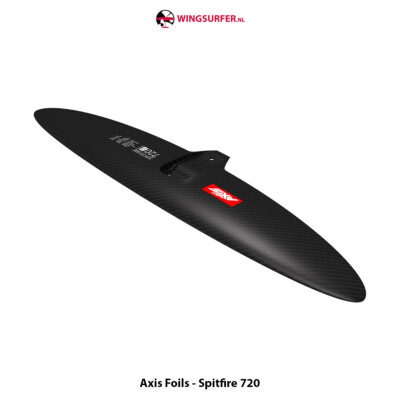 AXIS FOILS SPITFIRE 720€624,00
AXIS FOILS SPITFIRE 720€624,00 -
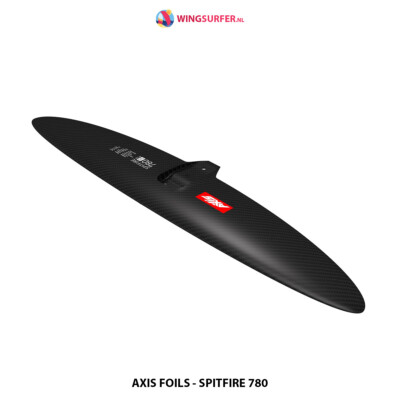 AXIS FOILS SPITFIRE 780€645,00
AXIS FOILS SPITFIRE 780€645,00 -
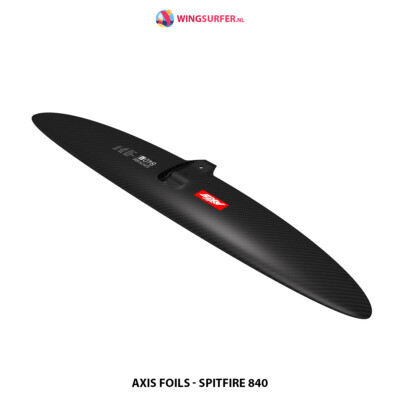 AXIS FOILS SPITFIRE 840€678,00
AXIS FOILS SPITFIRE 840€678,00 -
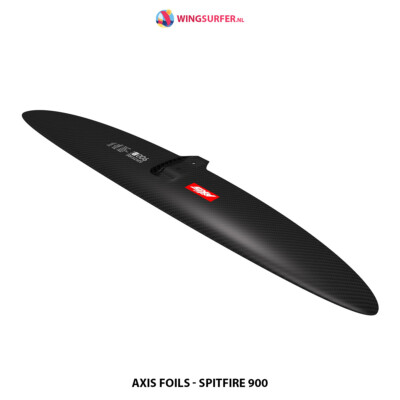 AXIS FOILS SPITFIRE 900€713,00
AXIS FOILS SPITFIRE 900€713,00 -
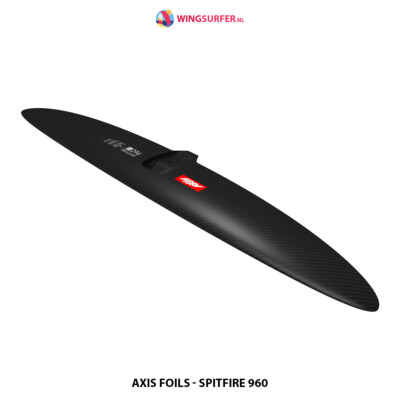 AXIS FOILS SPITFIRE 960€750,00
AXIS FOILS SPITFIRE 960€750,00 -
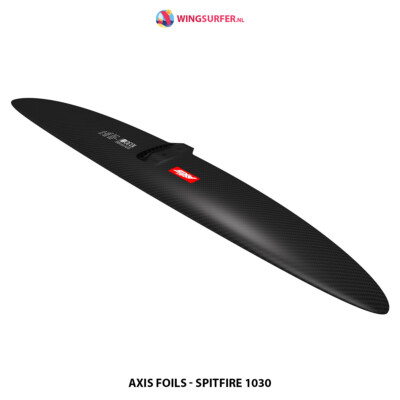 AXIS FOILS SPITFIRE 1030€789,00
AXIS FOILS SPITFIRE 1030€789,00 -
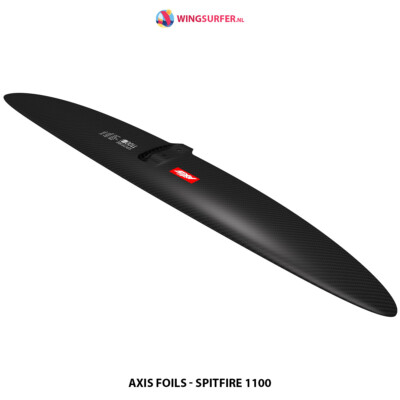 AXIS FOILS SPITFIRE 1100€830,00
AXIS FOILS SPITFIRE 1100€830,00


